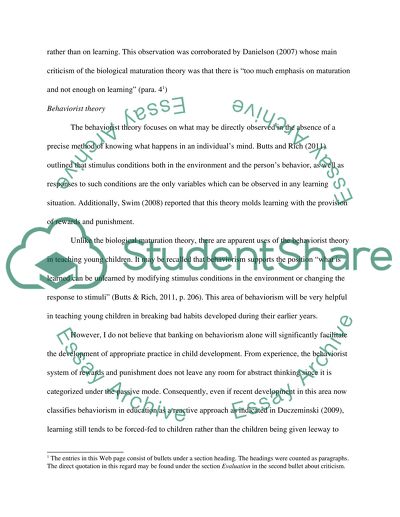Cite this document
(“Child develpoment Essay Example | Topics and Well Written Essays - 750 words”, n.d.)
Retrieved from https://studentshare.org/environmental-studies/1408610-child-develpoment
Retrieved from https://studentshare.org/environmental-studies/1408610-child-develpoment
(Child Develpoment Essay Example | Topics and Well Written Essays - 750 Words)
https://studentshare.org/environmental-studies/1408610-child-develpoment.
https://studentshare.org/environmental-studies/1408610-child-develpoment.
“Child Develpoment Essay Example | Topics and Well Written Essays - 750 Words”, n.d. https://studentshare.org/environmental-studies/1408610-child-develpoment.


